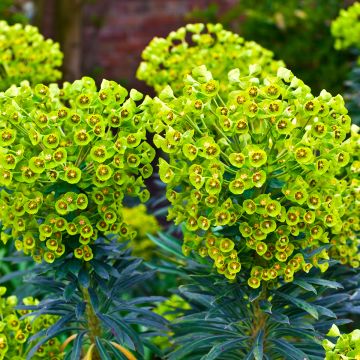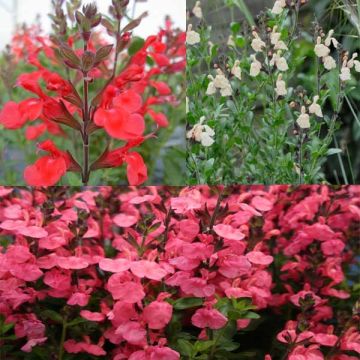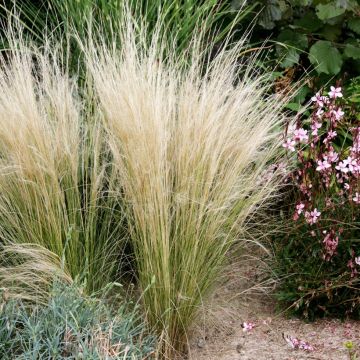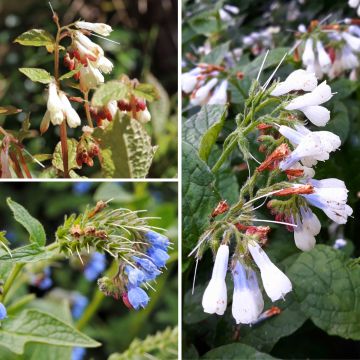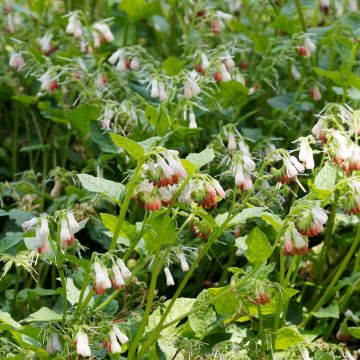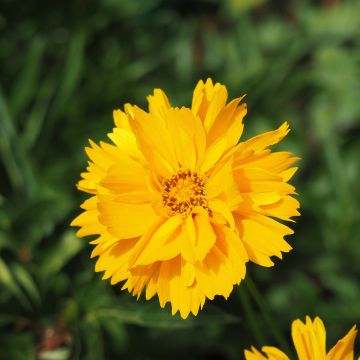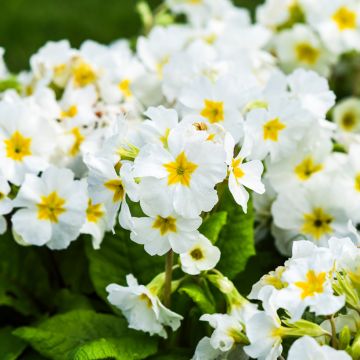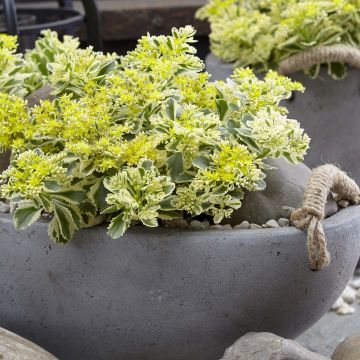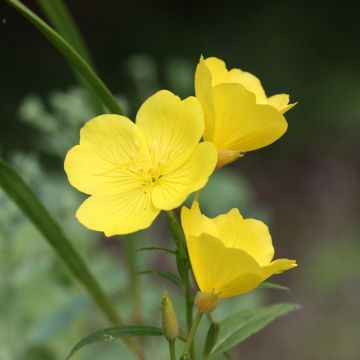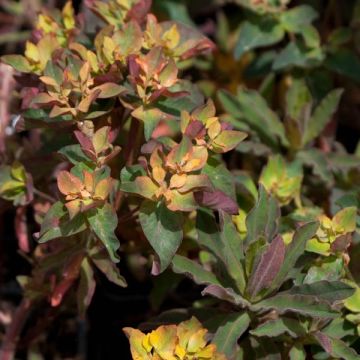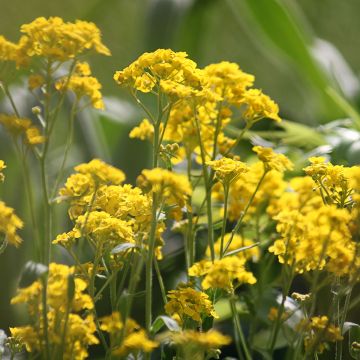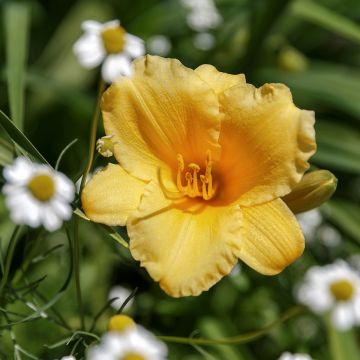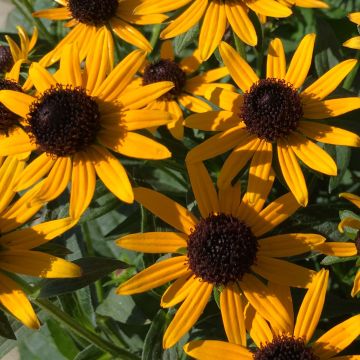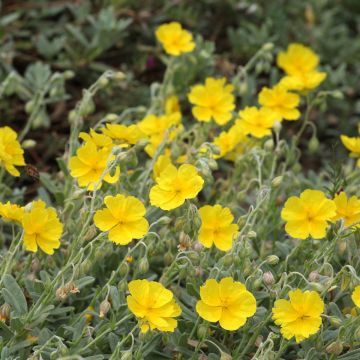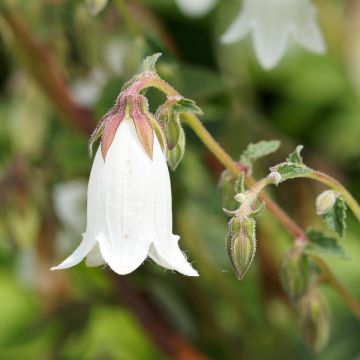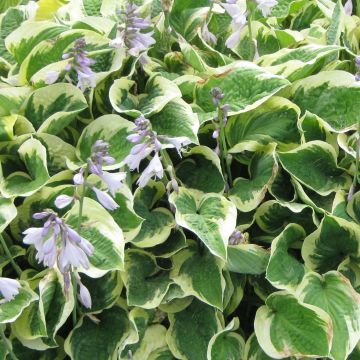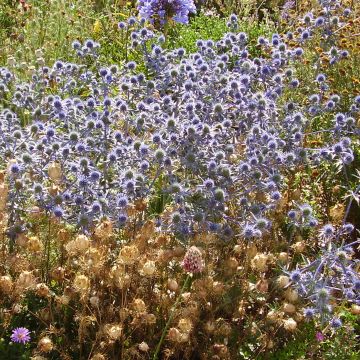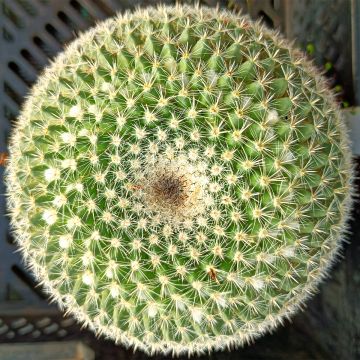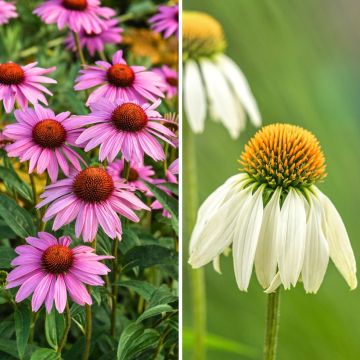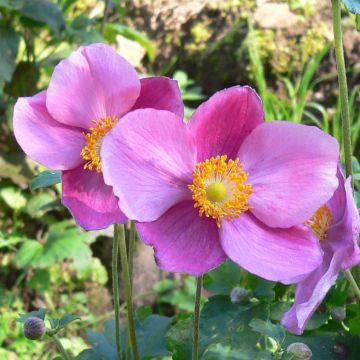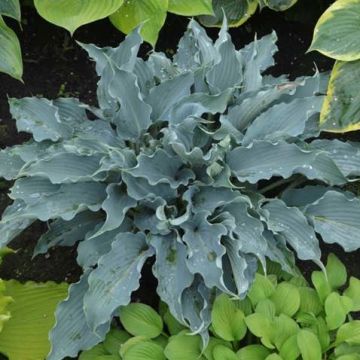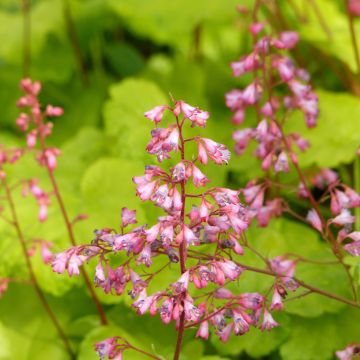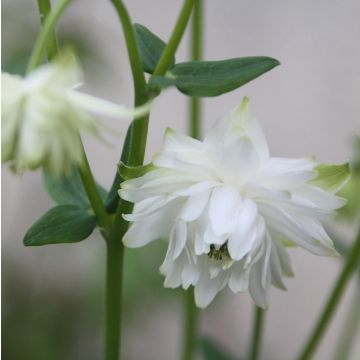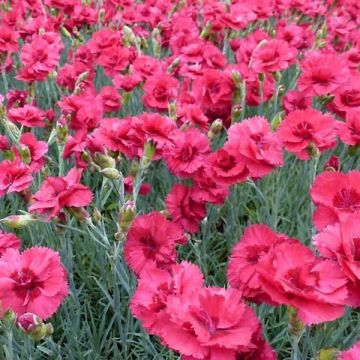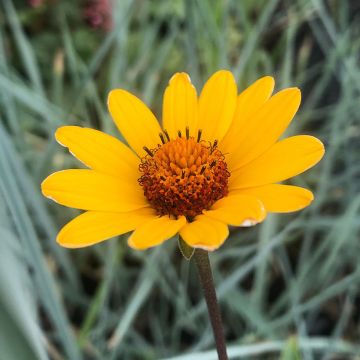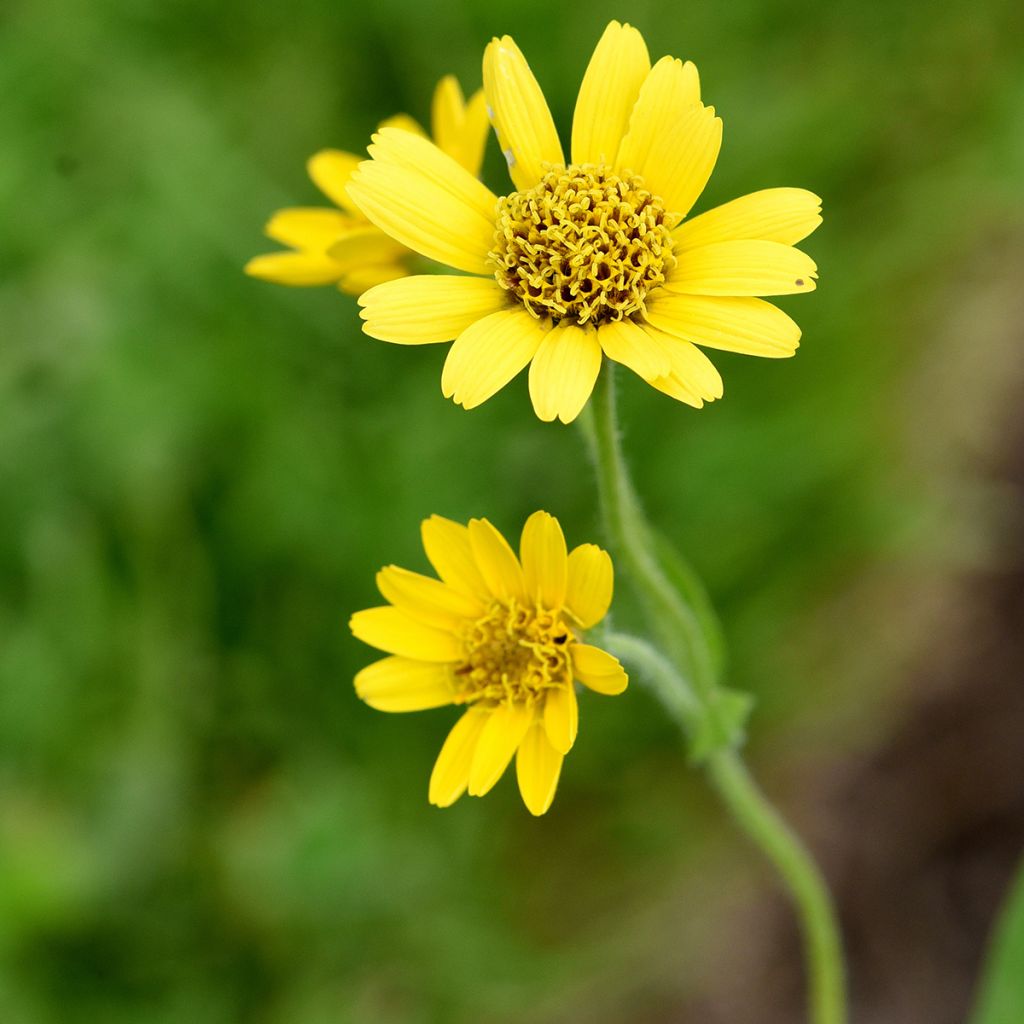

Arnica chamissonis
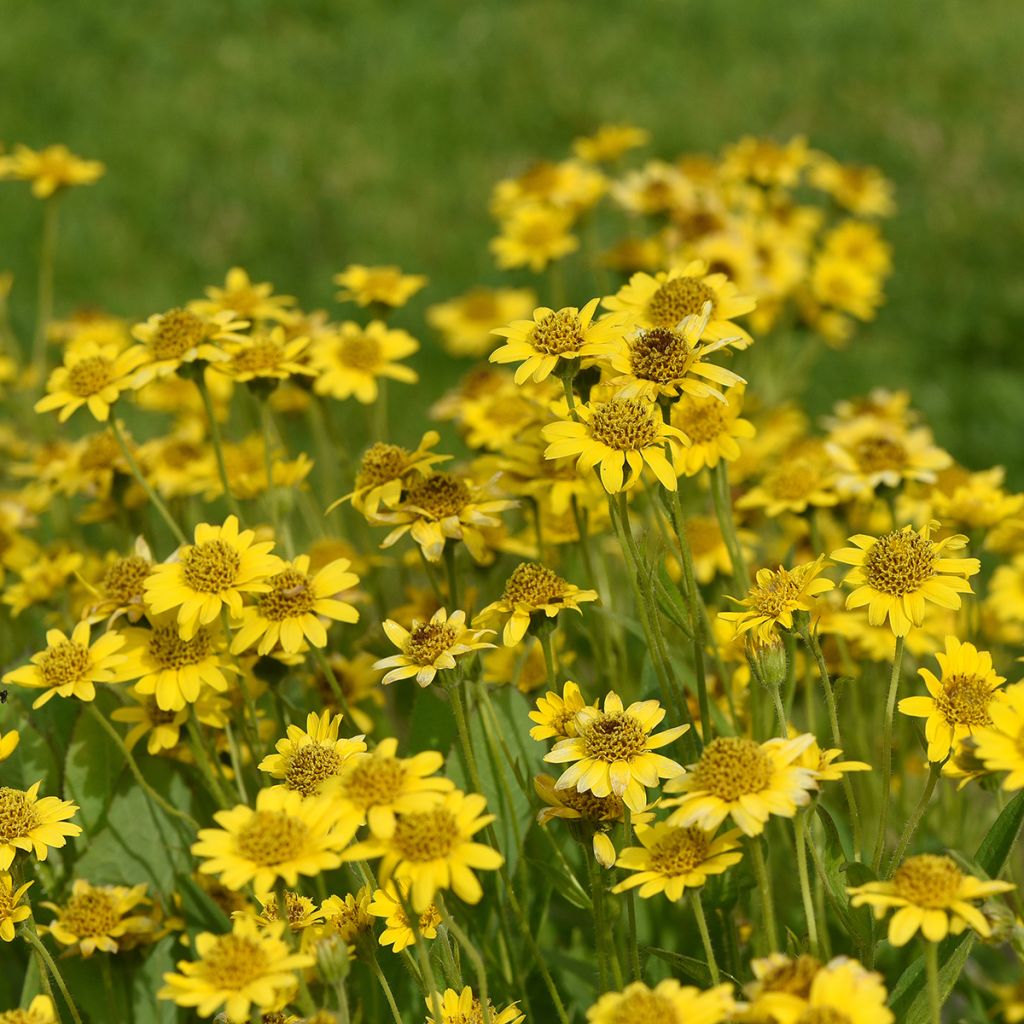

Arnica chamissonis
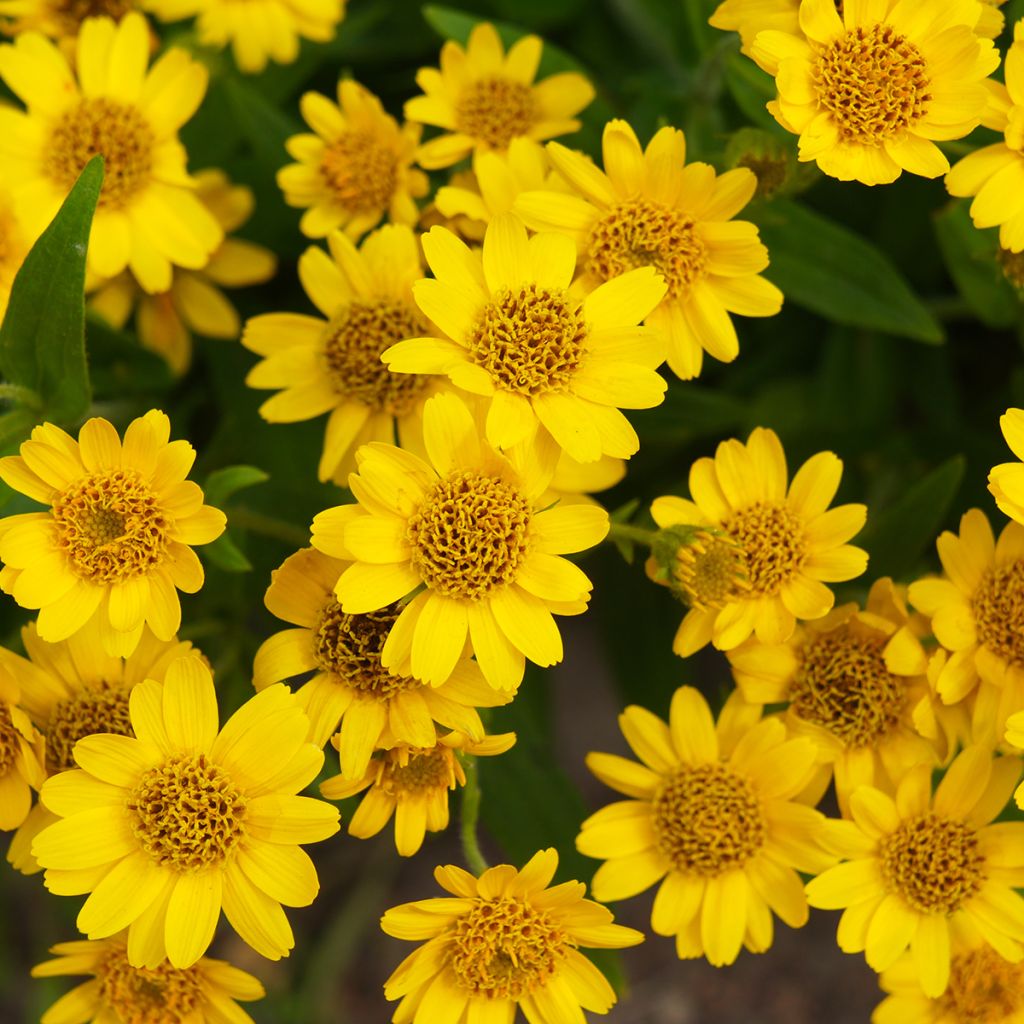

Arnica chamissonis
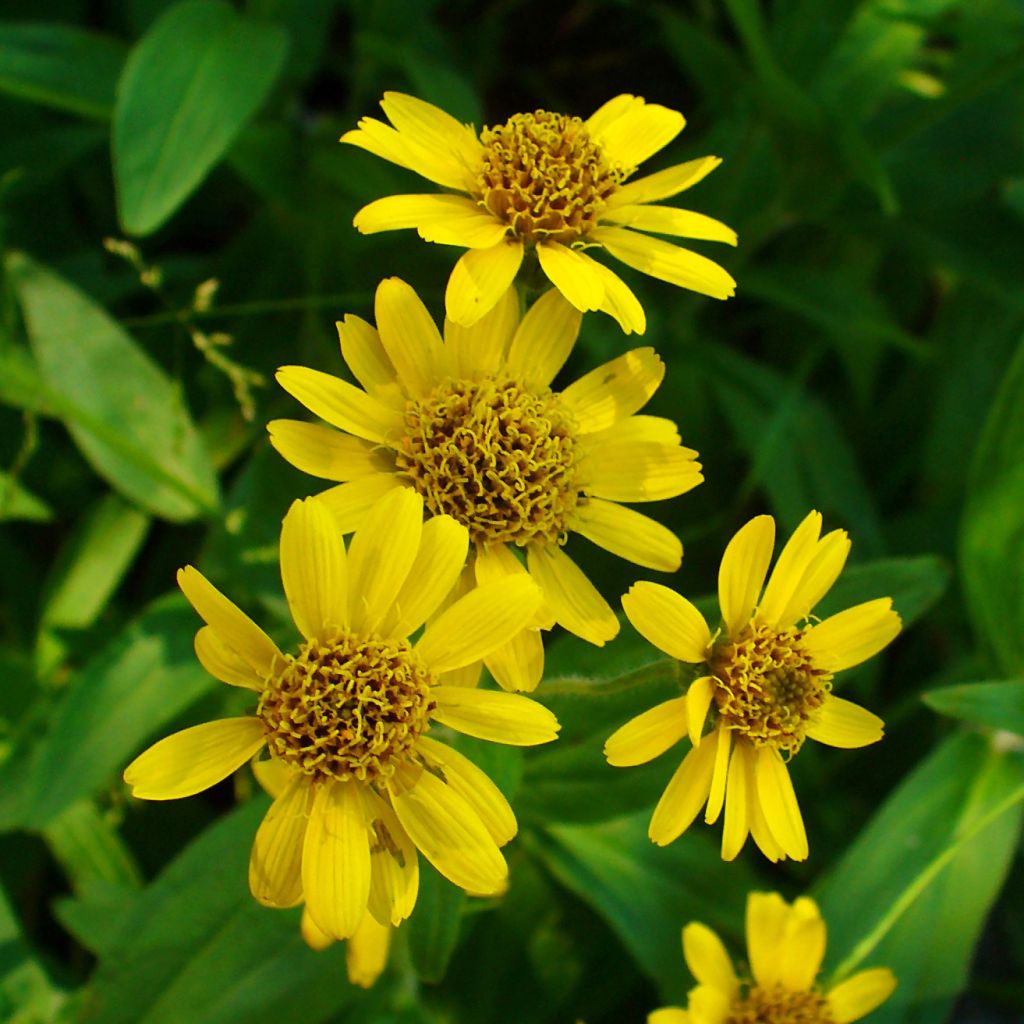

Arnica chamissonis
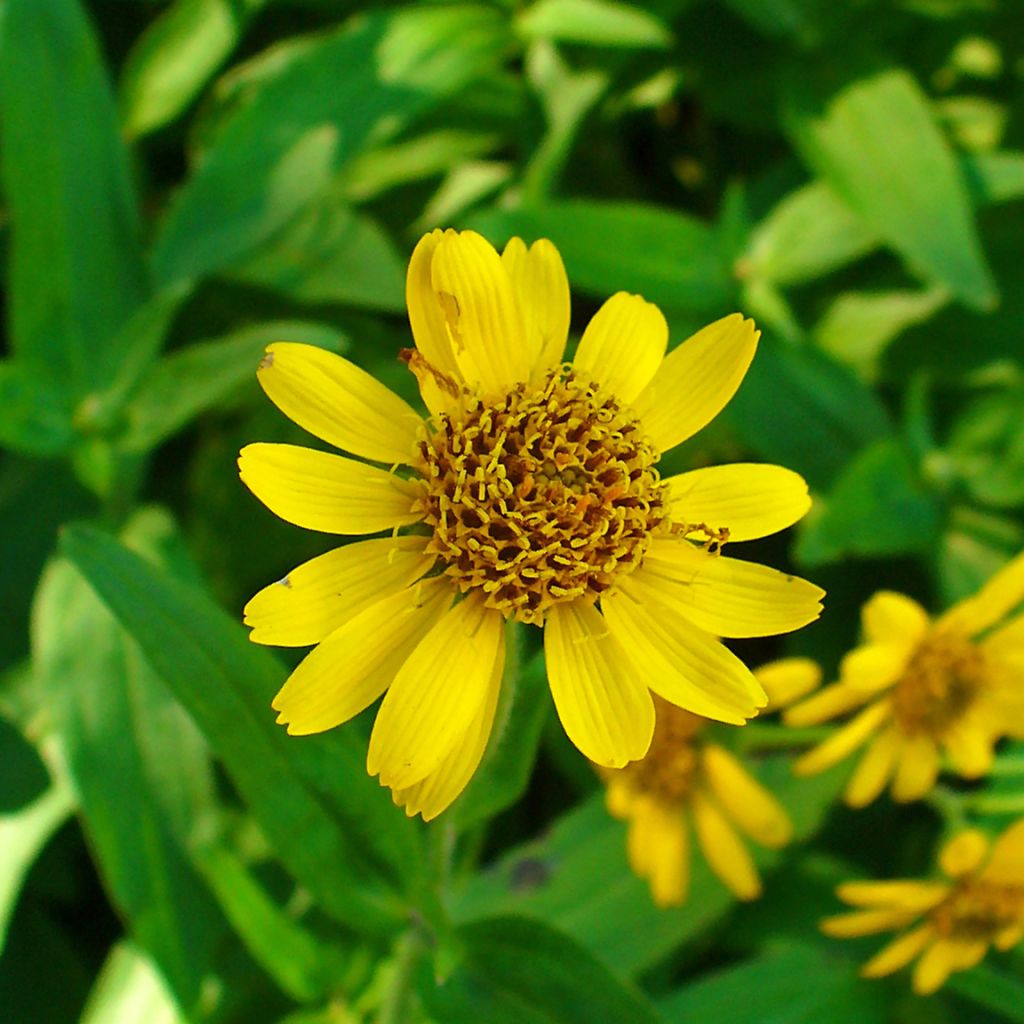

Arnica chamissonis
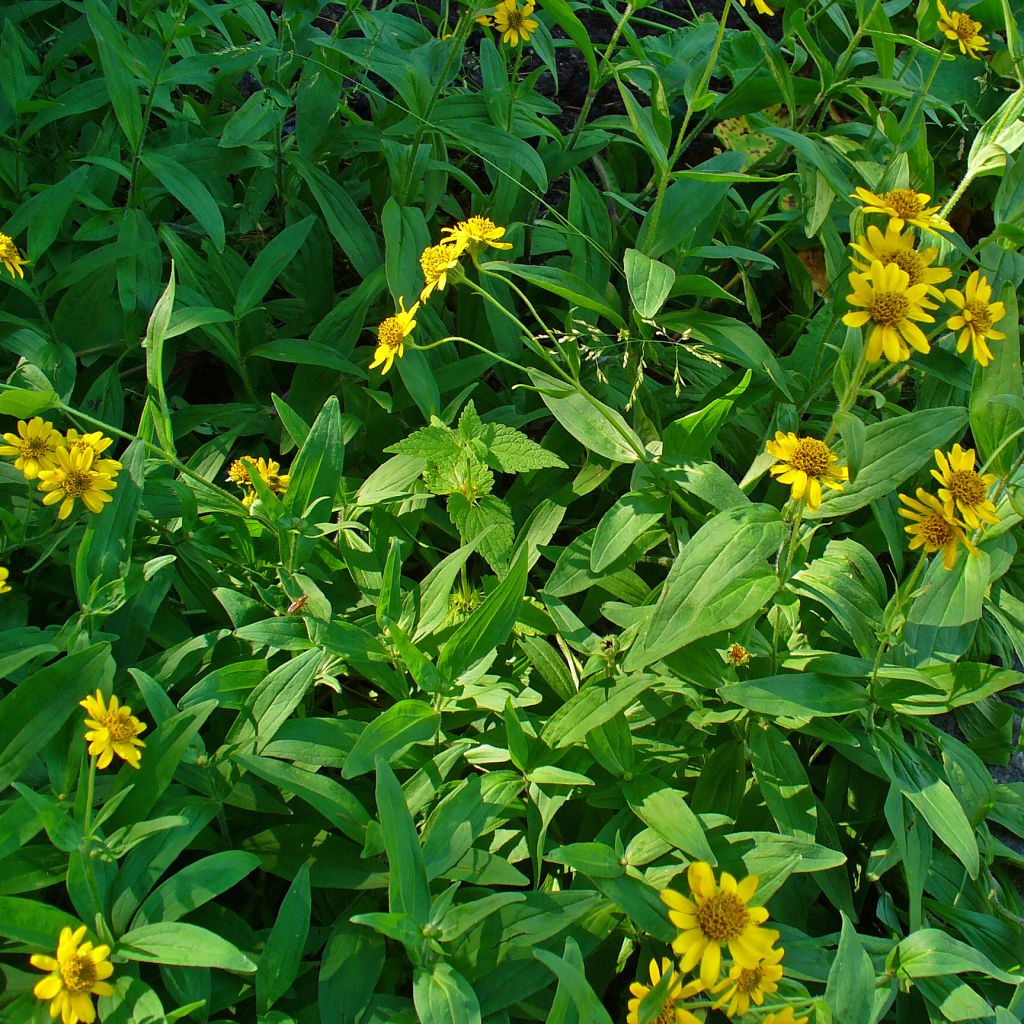

Arnica chamissonis
Arnica chamissonis
Arnica chamissonis
Meadow Arnica, Chamisso Arnica
Water arrived a little tired during this lockdown period where postal distribution only happens once a week at our place; and already planted, with a little water and love, it will work out... Variety to definitely have in one's garden.
gilles, 04/04/2020
Why not try an alternative variety in stock?
View all →This plant carries a 12 months recovery warranty
More information
We guarantee the quality of our plants for a full growing cycle, and will replace at our expense any plant that fails to recover under normal climatic and planting conditions.
From €5.90 for pickup delivery and €6.90 for home delivery
Express home delivery from €8.90.

Does this plant fit my garden?
Set up your Plantfit profile →
Description
Arnica chamissonis is native to the American West. It is both a botanical treasure and a robust rhizomatous perennial with large basal leaves in a rosette. This medicinal plant, closely related to the famous Arnica montana, displays a radiant flowering in the summer with golden yellow heads. It is easier to cultivate in lowland areas and offers a better yield than its European cousin.
The Plains Arnica belongs to the Asteraceae family. It is native to the mountains of the American West. It is found in the wild, growing along prairies and streams. This perennial plant has a rosette habit, reaching 50 cm (20in) when in bloom, and spreads rapidly to a diameter of 50 cm (20in). Flowering occurs in June-July. The stems, with opposite leaves, bear intense yellow heads resembling small sunflowers. Deeply rooted and spreading through rhizomes, the plant develops clusters of reasonably narrow, hairy, bright green leaves in spring. After a nectar-rich flowering, the plant produces seeds commonly used in herbal medicine, similar to the seeds of Arnica montana. Arnica is apomictic, which means that the formation of seeds is initiated through asexual reproduction by spontaneous division of the gametes before the flowering phase. This implies that pollination is not necessary for the production of viable seeds, and each seed is capable of giving rise to a plant that is identical to the mother plant.
Arnica chamissonis thrives best in soil that is light and occasionally damp, enriched with humus, and slightly acidic to neutral. However, it cannot tolerate limestone. It can be grown in regular soil lightened with turf and coarse sand. For abundant flowering, it requires full sun exposure.
American Arnica is a highly ornamental medicinal plant that thrives in herb gardens, near water sources, and turf moors.
Arnica chamissonis and Arnica montana are two plants that have similar chemical compositions and are used for therapeutic purposes. German and European pharmacopoeias consider Arnica chamissonis as effective as Arnica montana. However, Arnica chamissonis is easier to cultivate and more productive. As a result, in the future, it is likely that Arnica chamissonis subsp. foliosa will be grown instead of relying on Arnica montana for herbal medicine.
Report an error about the product description
Arnica chamissonis in pictures
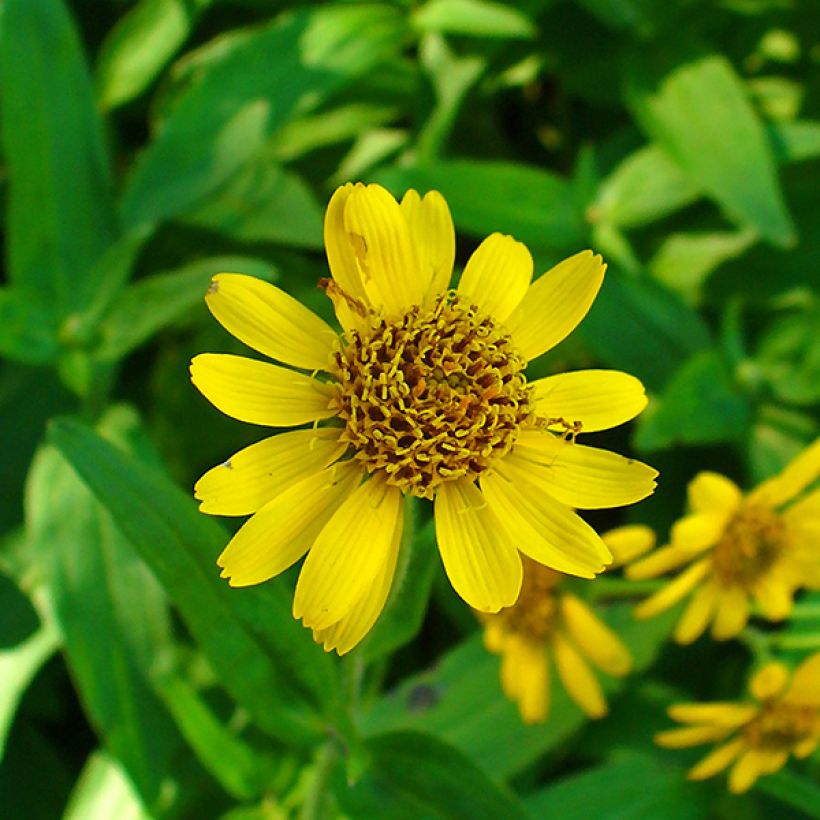

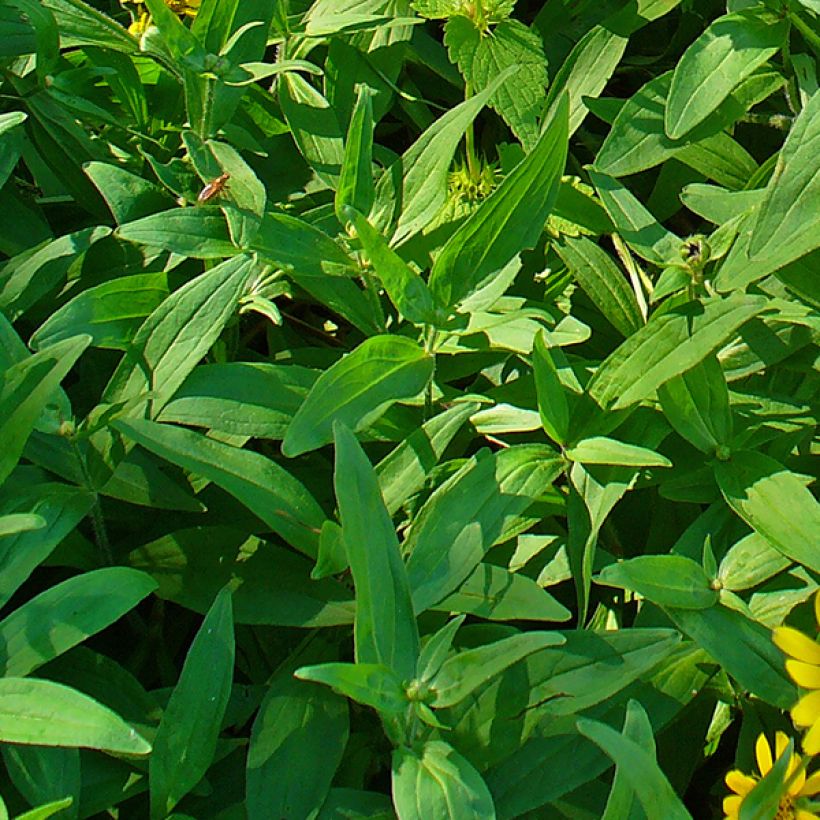

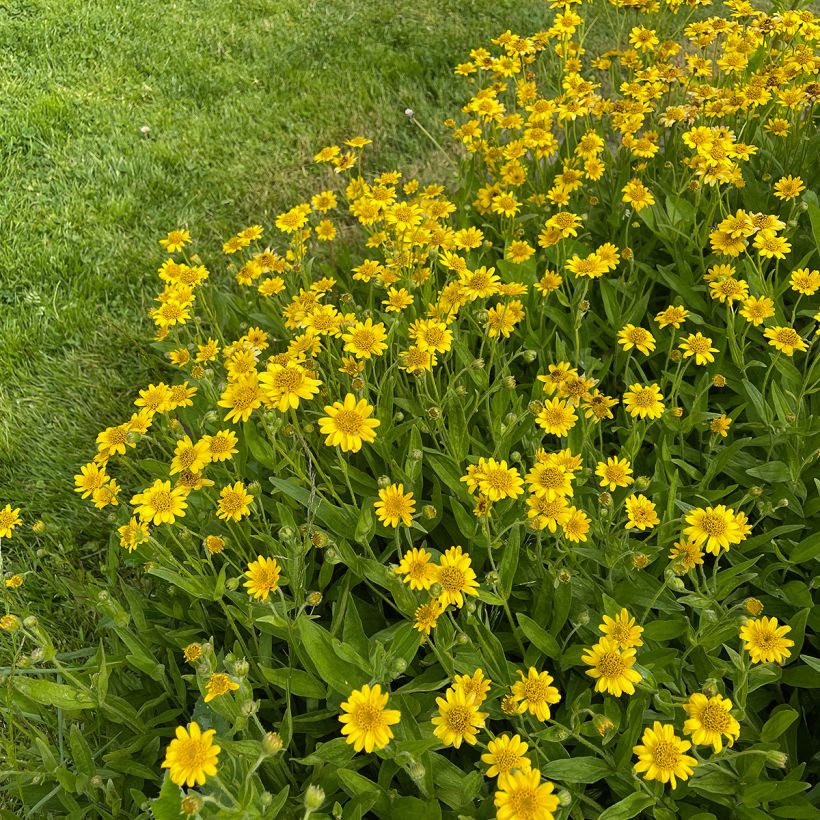

Flowering
Foliage
Plant habit
Botanical data
Arnica
chamissonis
Asteraceae
Meadow Arnica, Chamisso Arnica
North America
Other Perennials A to Z
Planting and care
Arnica chamissonis prefers light, cool, even occasionally soggy, humus-bearing, slightly acidic to neutral soil (PH between 6 and 7.2). This plant does not tolerate limestone. However, it can be grown in ordinary soil lightened with peat and coarse sand. For healthy growth, plants need a minimum of 20 cm topsoil. They can withstand temperatures down to -45°C. They require full sun to produce abundant flowers.
Planting period
Intended location
Care
-
, onOrder confirmed
Reply from on Promesse de fleurs
Summer flowering perennials
Haven't found what you were looking for?
Hardiness is the lowest winter temperature a plant can endure without suffering serious damage or even dying. However, hardiness is affected by location (a sheltered area, such as a patio), protection (winter cover) and soil type (hardiness is improved by well-drained soil).

Photo Sharing Terms & Conditions
In order to encourage gardeners to interact and share their experiences, Promesse de fleurs offers various media enabling content to be uploaded onto its Site - in particular via the ‘Photo sharing’ module.
The User agrees to refrain from:
- Posting any content that is illegal, prejudicial, insulting, racist, inciteful to hatred, revisionist, contrary to public decency, that infringes on privacy or on the privacy rights of third parties, in particular the publicity rights of persons and goods, intellectual property rights, or the right to privacy.
- Submitting content on behalf of a third party;
- Impersonate the identity of a third party and/or publish any personal information about a third party;
In general, the User undertakes to refrain from any unethical behaviour.
All Content (in particular text, comments, files, images, photos, videos, creative works, etc.), which may be subject to property or intellectual property rights, image or other private rights, shall remain the property of the User, subject to the limited rights granted by the terms of the licence granted by Promesse de fleurs as stated below. Users are at liberty to publish or not to publish such Content on the Site, notably via the ‘Photo Sharing’ facility, and accept that this Content shall be made public and freely accessible, notably on the Internet.
Users further acknowledge, undertake to have ,and guarantee that they hold all necessary rights and permissions to publish such material on the Site, in particular with regard to the legislation in force pertaining to any privacy, property, intellectual property, image, or contractual rights, or rights of any other nature. By publishing such Content on the Site, Users acknowledge accepting full liability as publishers of the Content within the meaning of the law, and grant Promesse de fleurs, free of charge, an inclusive, worldwide licence for the said Content for the entire duration of its publication, including all reproduction, representation, up/downloading, displaying, performing, transmission, and storage rights.
Users also grant permission for their name to be linked to the Content and accept that this link may not always be made available.
By engaging in posting material, Users consent to their Content becoming automatically accessible on the Internet, in particular on other sites and/or blogs and/or web pages of the Promesse de fleurs site, including in particular social pages and the Promesse de fleurs catalogue.
Users may secure the removal of entrusted content free of charge by issuing a simple request via our contact form.
The flowering period indicated on our website applies to countries and regions located in USDA zone 8 (France, the United Kingdom, Ireland, the Netherlands, etc.)
It will vary according to where you live:
- In zones 9 to 10 (Italy, Spain, Greece, etc.), flowering will occur about 2 to 4 weeks earlier.
- In zones 6 to 7 (Germany, Poland, Slovenia, and lower mountainous regions), flowering will be delayed by 2 to 3 weeks.
- In zone 5 (Central Europe, Scandinavia), blooming will be delayed by 3 to 5 weeks.
In temperate climates, pruning of spring-flowering shrubs (forsythia, spireas, etc.) should be done just after flowering.
Pruning of summer-flowering shrubs (Indian Lilac, Perovskia, etc.) can be done in winter or spring.
In cold regions as well as with frost-sensitive plants, avoid pruning too early when severe frosts may still occur.
The planting period indicated on our website applies to countries and regions located in USDA zone 8 (France, United Kingdom, Ireland, Netherlands).
It will vary according to where you live:
- In Mediterranean zones (Marseille, Madrid, Milan, etc.), autumn and winter are the best planting periods.
- In continental zones (Strasbourg, Munich, Vienna, etc.), delay planting by 2 to 3 weeks in spring and bring it forward by 2 to 4 weeks in autumn.
- In mountainous regions (the Alps, Pyrenees, Carpathians, etc.), it is best to plant in late spring (May-June) or late summer (August-September).
The harvesting period indicated on our website applies to countries and regions in USDA zone 8 (France, England, Ireland, the Netherlands).
In colder areas (Scandinavia, Poland, Austria...) fruit and vegetable harvests are likely to be delayed by 3-4 weeks.
In warmer areas (Italy, Spain, Greece, etc.), harvesting will probably take place earlier, depending on weather conditions.
The sowing periods indicated on our website apply to countries and regions within USDA Zone 8 (France, UK, Ireland, Netherlands).
In colder areas (Scandinavia, Poland, Austria...), delay any outdoor sowing by 3-4 weeks, or sow under glass.
In warmer climes (Italy, Spain, Greece, etc.), bring outdoor sowing forward by a few weeks.

































